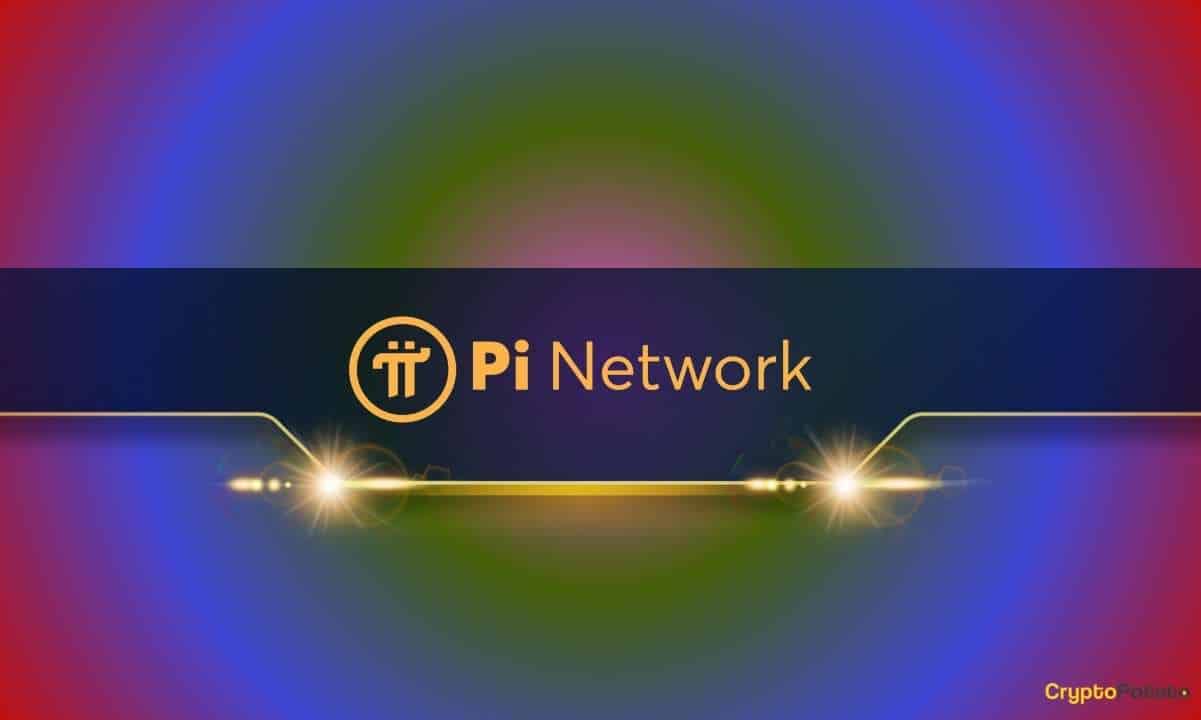The internet has dramatically transformed our world, connected billions and enabled a new era of communication, commerce, and information sharing. However, the internet as we know it today, often referred to as Web2, has its limitations.
Centralized control, privacy concerns, and data exploitation have become significant issues. Enter Web3—a new phase in the internet’s evolution that promises to reshape how we interact online by harnessing the power of blockchain technology.
Understanding Web3
Web3, or the decentralized web, represents a shift from the centralized model of the current internet to a decentralized framework. Unlike Web2, where a few big companies control vast amounts of data and digital infrastructure – Web3 aims to empower users by giving them more control over their data and digital identities.
This new iteration of the internet is built on blockchain technology, which is the same foundation that powers cryptocurrencies like Bitcoin and Ethereum.
Key Features of Web3:
- Decentralization: Web3 removes intermediaries, allowing peer-to-peer interactions without relying on centralized entities.
- Data Ownership: Users have full control over their data and can choose how and when to share it.
- Transparency: Blockchain technology ensures that all transactions and interactions are transparent and immutable.
- Incentive Structures: Users are rewarded for their participation and contributions, often through tokens or other decentralized applications (dApps).
The Role of Blockchain Technology
Blockchain technology is at the heart of Web3. This decentralized structure ensures that no single entity has control over the entire network, making it more secure and resistant to censorship.
How Blockchain Technology Supports Web3:
- Immutable Records: Once data is added to a blockchain, it cannot be altered, ensuring the integrity of information.
- Decentralized Control: Instead of a central authority, blockchain networks are managed by a community of users, reducing the risk of data breaches.
- Smart Contracts: Smart contracts facilitate trustless transactions and automate processes within decentralized applications (dApps).
The Evolution from Web1 to Web3
To understand Web3, it’s helpful to look back at the evolution of the internet.
Web1 (Static Web): The first iteration of the internet, Web1, was primarily a read-only platform. Websites were static, meaning they were built using basic HTML and offered limited interaction. Users could consume content but had little ability to contribute or interact.
Web2 (Interactive Web): Web2 introduced dynamic content and user interaction. Social media platforms, e-commerce, and user-generated content became the norm. However, this version of the internet also brought about centralization, where tech giants like Google, Facebook, and Amazon accumulated vast amounts of user data, raising concerns about privacy and control.
Web3 (Decentralized Web): Web3 seeks to address the issues of centralization by decentralizing control and giving power back to the users. With blockchain technology as its backbone, Web3 enables peer-to-peer transactions, data ownership, and greater transparency.
Decentralized Applications (dApps)
One of the most exciting aspects of Web3 is the rise of decentralized applications, or dApps. Unlike traditional apps that run on centralized servers, dApps operate on blockchain networks, offering enhanced security and user autonomy.
Features of dApps:
- Open Source: The codebase of dApps is often open-source, allowing anyone to view, use, or contribute to the code.
- Decentralized: dApps run on a blockchain network, eliminating the need for a central authority to manage the application.
- Token-Based: Many dApps use tokens as a form of currency or incentive within the application.
Examples of Popular dApps:
dApp Name | Functionality | Blockchain |
Decentralized exchange for trading cryptocurrencies | Ethereum | |
Aave | Decentralized lending and borrowing platform | Ethereum |
Decentraland | A virtual marketplace where users can construct, buy, and sell | Ethereum |
Potential Impact of Web3
Web3 has the potential to revolutionize various industries by providing new ways of interacting, transacting, and sharing information. Below are some key areas where Web3 could have a significant impact:
- Finance (DeFi): Decentralized Finance, or DeFi, is already transforming the financial sector by providing decentralized alternatives to traditional banking services. Web3 enables users to lend, borrow, trade, and earn interest on cryptocurrencies without intermediaries.
- Social Media: Web3-based social platforms could offer greater privacy and control, allowing users to own and monetize their content without relying on centralized platforms.
- Supply Chain: Blockchain technology can enhance supply chain transparency, enabling consumers to track the origins and journey of products.
- Gaming: Web3 is driving the development of play-to-earn games, where players can earn real-world value from their in-game activities.
Challenges and Concerns
While Web3 offers many benefits, it also comes with challenges that need to be addressed:
- Scalability: Blockchain networks can struggle to handle a large number of transactions simultaneously, leading to slow processing times and high fees.
- Usability: For Web3 to gain widespread adoption, the user experience must be improved. Currently, interacting with dApps and managing cryptocurrencies can be complex for those unfamiliar with the technology.
- Regulation: As Web3 grows, regulatory bodies are likely to impose rules and guidelines, which could impact the decentralized nature of the ecosystem.
- Security Risks: While blockchain is secure, the applications built on top of it may still be vulnerable to hacks and exploits.
The Road Ahead for Web3
The future of Web3 is full of possibilities, but its success will depend on overcoming the challenges and building an ecosystem that is accessible to everyone. As more developers, businesses, and users embrace the decentralized web, we are likely to see the emergence of new applications and services that were previously unimaginable.
Key Trends to Watch in Web3:
- Interoperability: As different blockchain networks emerge, there will be a growing need for these networks to communicate and work together seamlessly.
- User-Friendly Interfaces: Simplifying the user experience will be crucial for onboarding the next wave of Web3 users.
- Sustainability: The environmental impact of blockchain technology, particularly in energy consumption, is a growing concern. Innovations in eco-friendly consensus mechanisms will be key.
- Decentralized Governance: As communities form around decentralized platforms, new models of governance will emerge, allowing users to have a say in the direction of projects and platforms.
Web3 represents the next chapter in the internet’s evolution, one that prioritizes decentralization, user control, and transparency. By leveraging blockchain technology, Web3 aims to create a more equitable and secure online environment.
While challenges remain, the potential benefits of Web3 are vast, promising to reshape how we interact with the digital world. As we move forward, staying informed and engaged with these developments will be crucial in navigating and thriving in the future of the decentralized web.
Remember, investing in cryptocurrencies involves risks, and it’s important to conduct thorough research and seek professional advice before making any financial decisions. (Please keep in mind that this post is solely for informative purposes and should not be construed as financial or investment advice.)

















 English (US) ·
English (US) ·